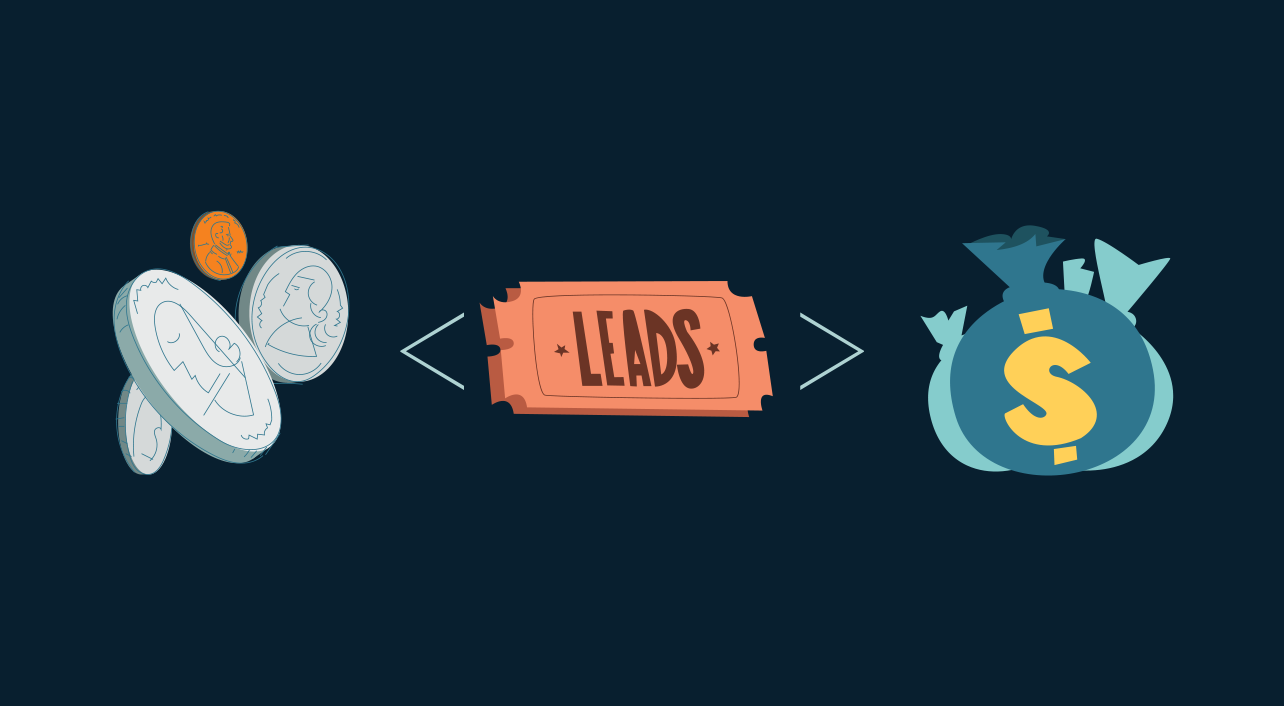- sales
- Blog post
Why salespeople shouldn’t always give up on ‘stale’ leads
One of the toughest calls for a salesperson is when to stop calling a lead or batch of leads. On one hand, you don’t want to waste your time on leads that will never buy. On the other, you don’t want to walk away from sales you might have made if you’d only persisted.
How to thread the needle between these two less-than-desirable outcomes? Here’s some sales research that can help you out.
Researcher James Obermayer examined thousands of sales leads – which he defined as people who’d inquired about a product or service – and learned that in B2B sales, about 45% of them will eventually buy from someone. Obermayer calls this pattern the “Rule of 45,” and it has powerful implications for how you manage your leads.
Underestimating conversion rates
If you think that number sounds high, by the way, you’re not alone. Many salespeople are convinced that leads are far less productive than they truly are.
Here’s why:
Let’s suppose you have a batch of 100 leads. Remember, according to Obermayer’s research, 45 will eventually buy. But realistically speaking, not all of them will buy from you. They may end up preferring your competitors, for lots of reasons, not all of which are in your control. But let’s say you win one out of every three deals. That means you can expect to close about 15 sales.
The problem is that salespeople often underestimate how long it takes for those leads to convert. They assume that leads go stale quickly, and that the 45 sales from those 100 leads would come about something like this: a big burst in month one, then a falloff.
But that’s not how leads actually convert.
A gradual process
Obermayer found that if you take 100 leads and follow them for a year, the pattern looks more like this: About four will buy in the first month; about the same the second month, and so on.
That long view on leads makes sense when you think about it. When you reach qualified buyers, they could be anywhere in their buying cycle. Some are just about to make a final decision. Others are just starting to think about it.
So when you called those 100 leads in the first month, only a few of the 45 that eventually would buy were ripe. Most were still too green to pick.
So it’s not that the leads are lousy. And you’re not a poor salesperson because you only closed two sales from 100 leads in the first month.
That said, you’re missing a huge opportunity if you don’t understand the Rule of 45, and if you don’t persistently pursue the remaining qualified leads in that pool of 100.
Big value
The upside is obviously huge. Salespeople who understand the Rule of 45 get far more value out of their leads. Why? Because they expand their lead pool by a factor of 12 compared to salespeople who say, “I’ll work this batch for one month, retire them, and move onto the next batch.”
Here’s more good news. Obermayer found that effective lead follow-up only happens about 25% of the time. That means you have an advantage over your competitors if you persist.
To sum up, here are the two key take-home messages from the research:
- A qualified lead is just as likely to buy from you in the fifth, eighth or 12th month as in the first month, and
- Stay in front of qualified prospects until it becomes clear that they are, or aren’t, going to buy.
This blog entry is adapted from the Rapid Learning module “Prospecting: Why Smart Lead Follow-Up Could Yield 12 Times More Sales.” If you’re a Rapid Learning customer, you can watch the video here. If you’re not, but would like to see this video (or any of our other programs), request a demo and we’ll get you access.
The blog post and Rapid Learning video module are based on the following book: Obermayer, J. (2007) Managing Sales Leads: Turning Cold Prospects Into Hot Customers. South-Western Educational Publishing.


